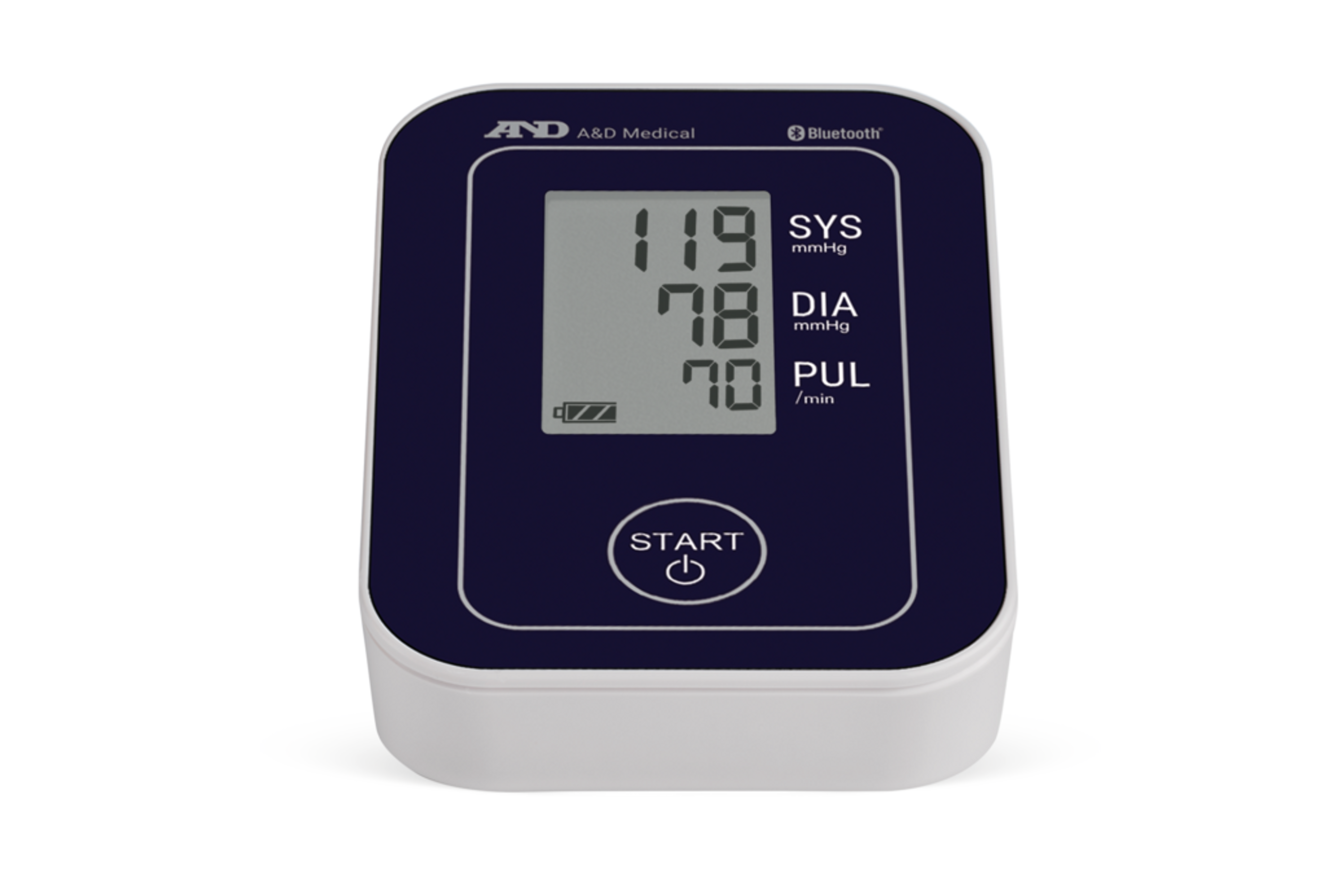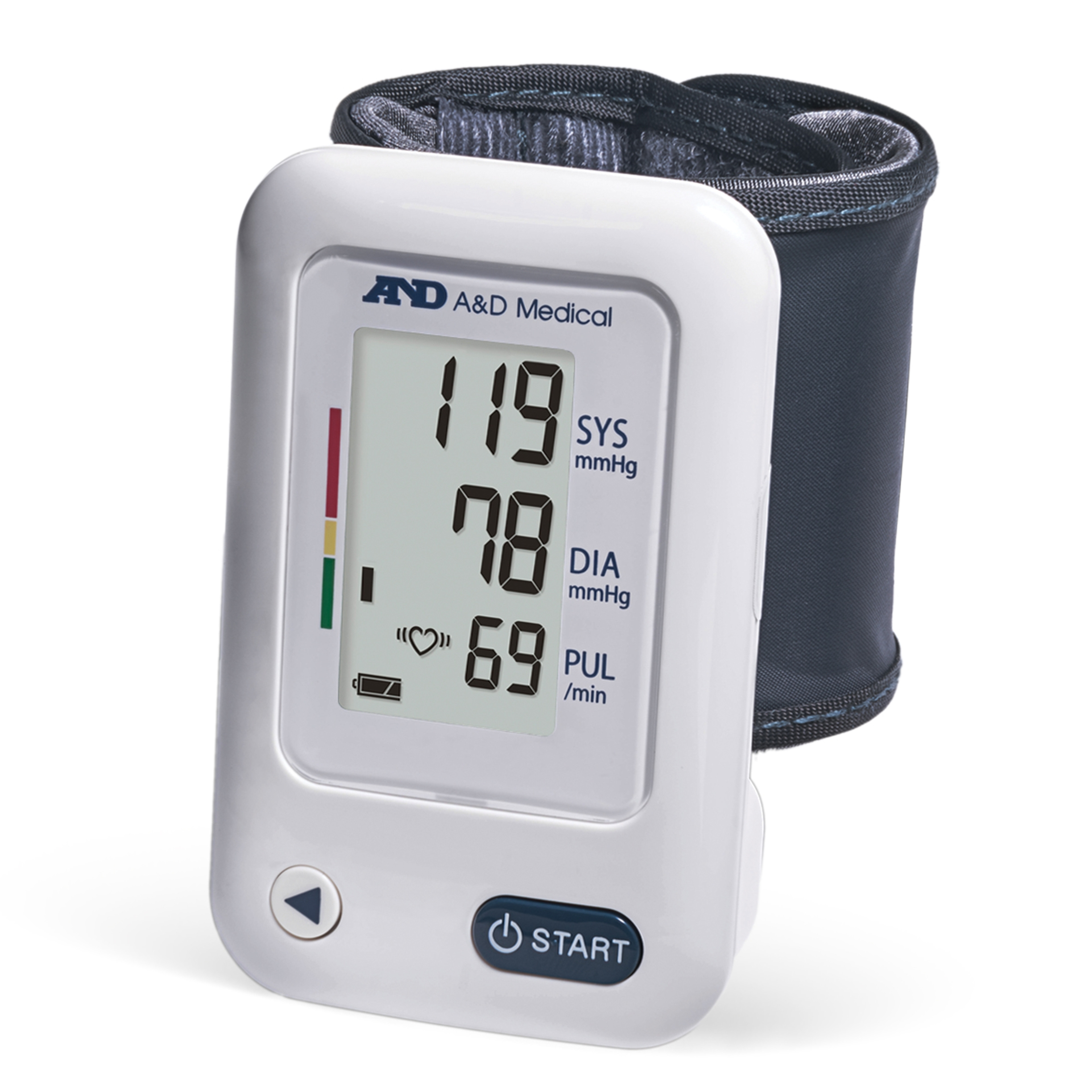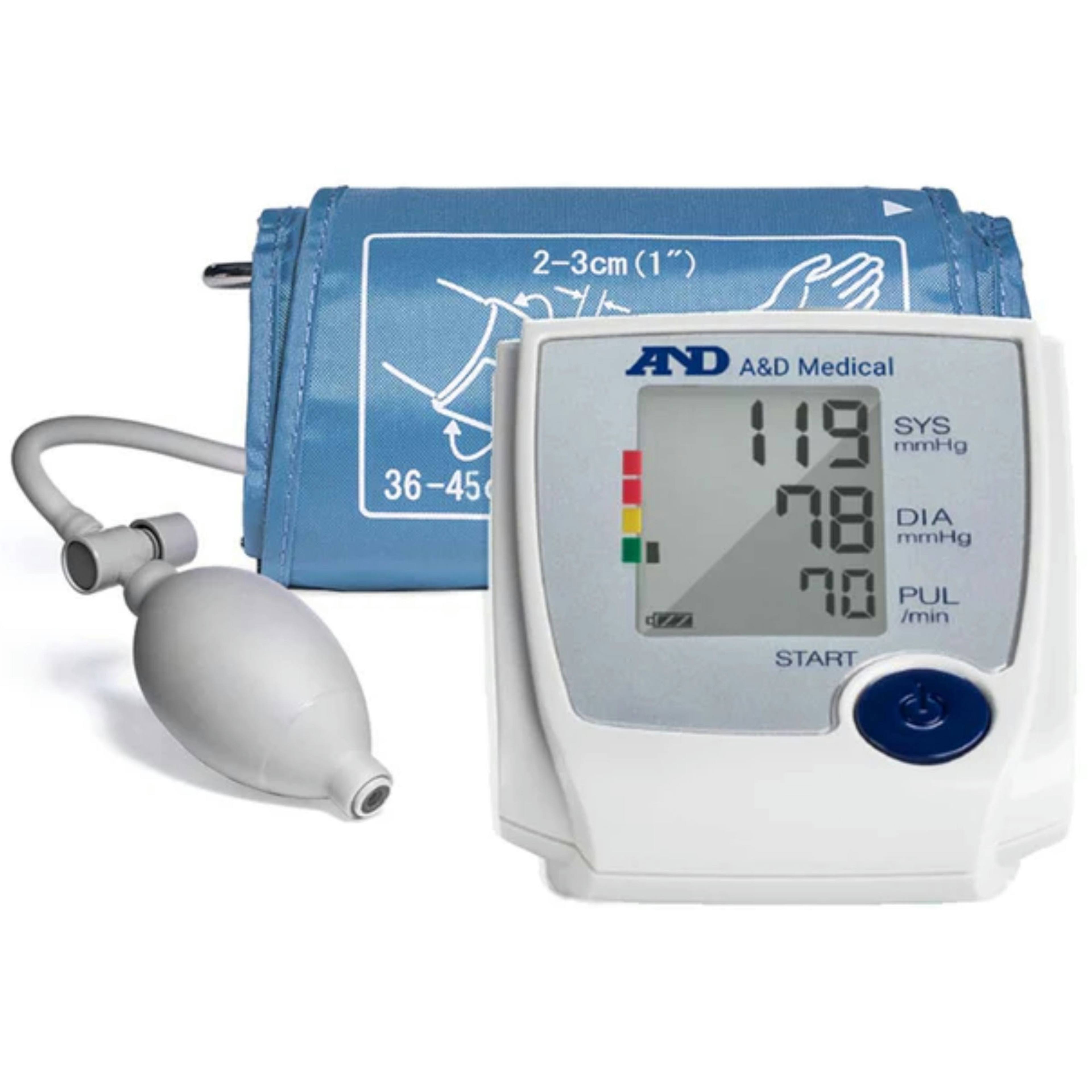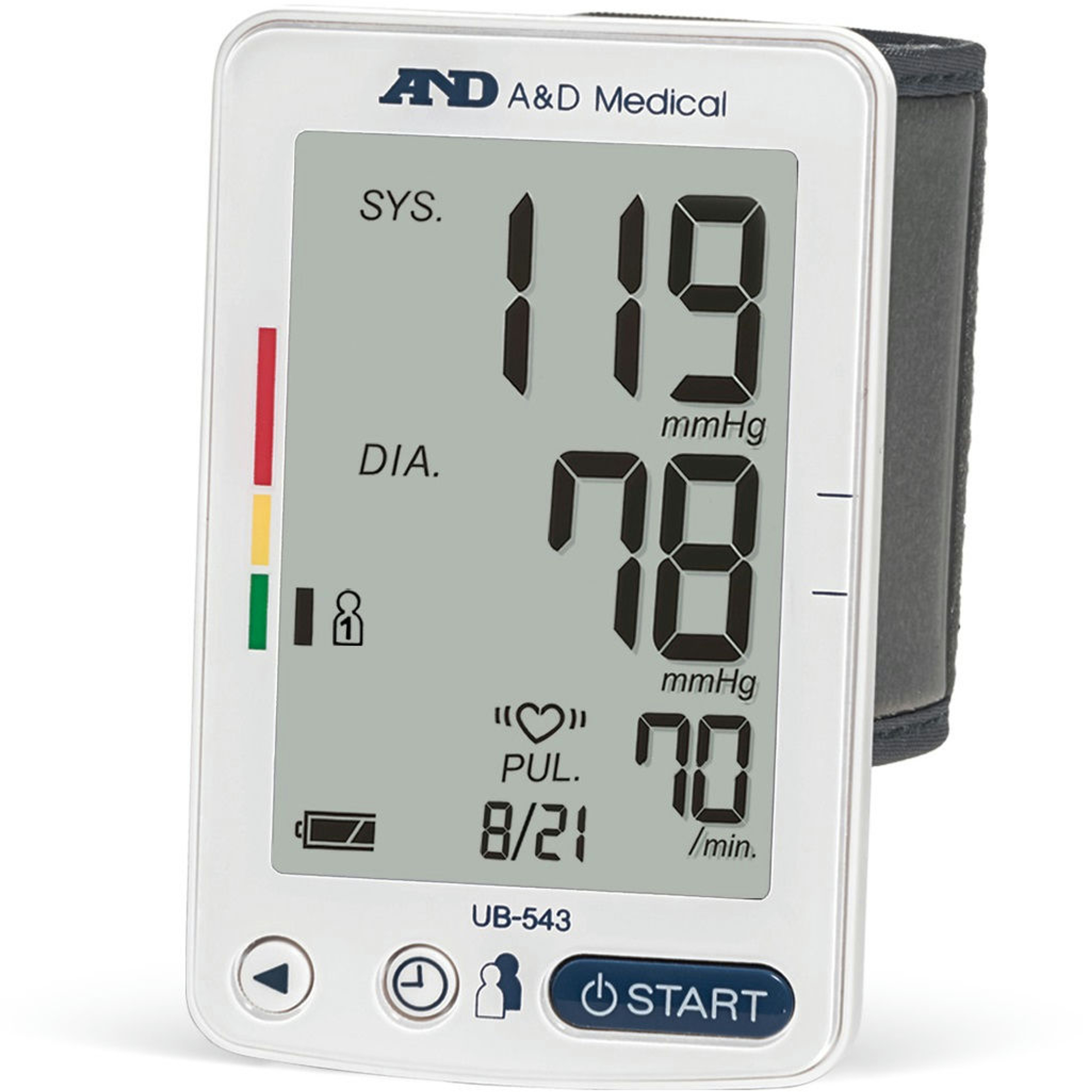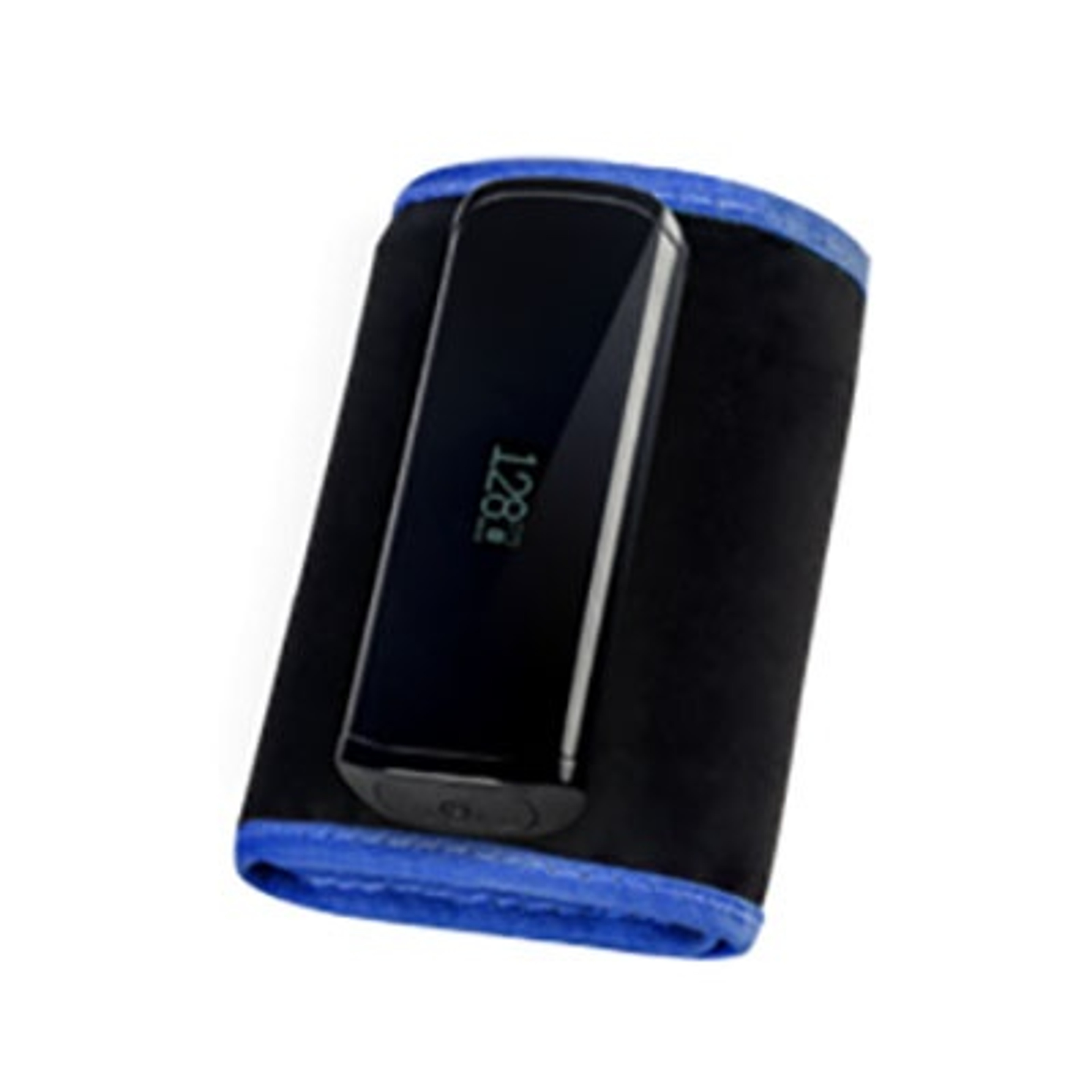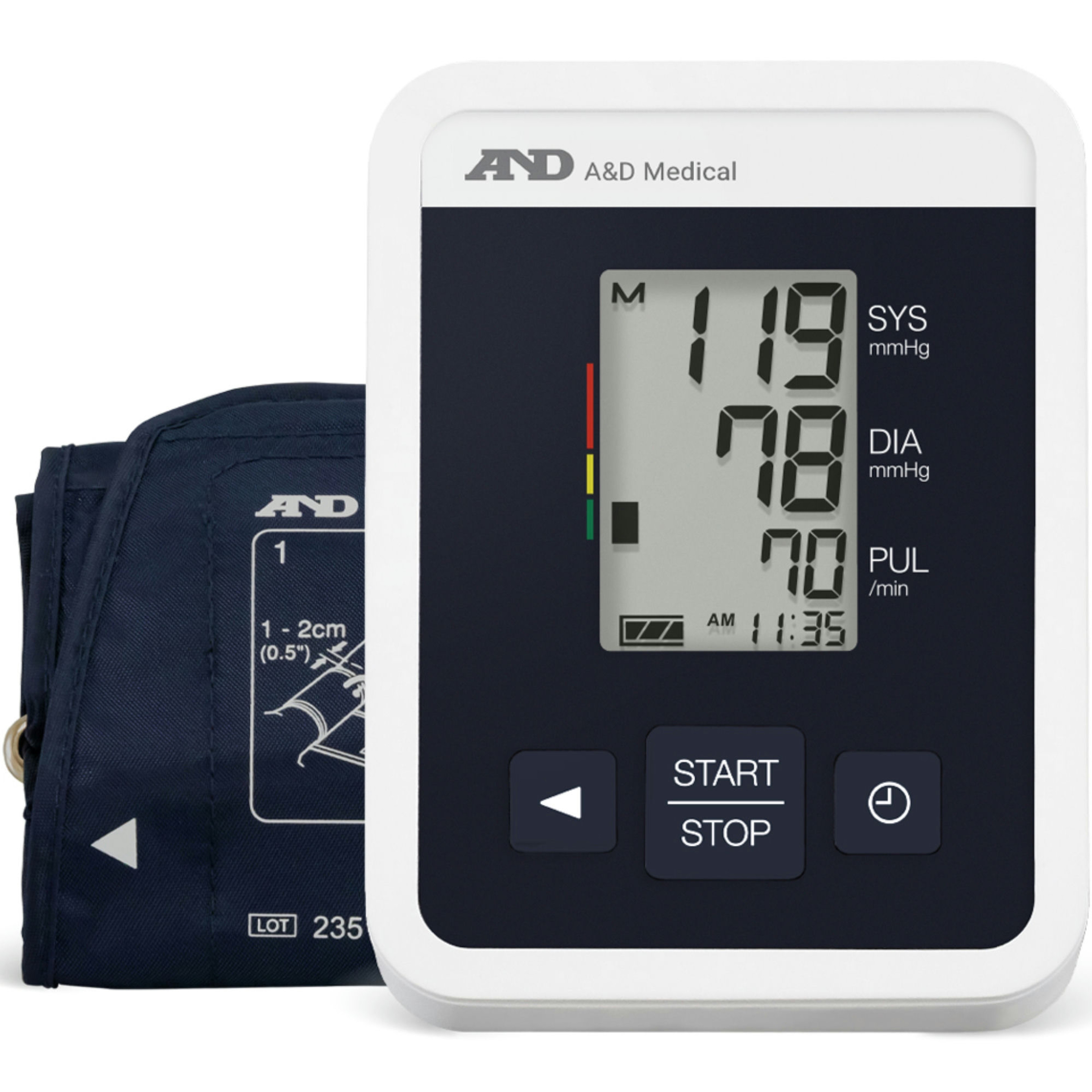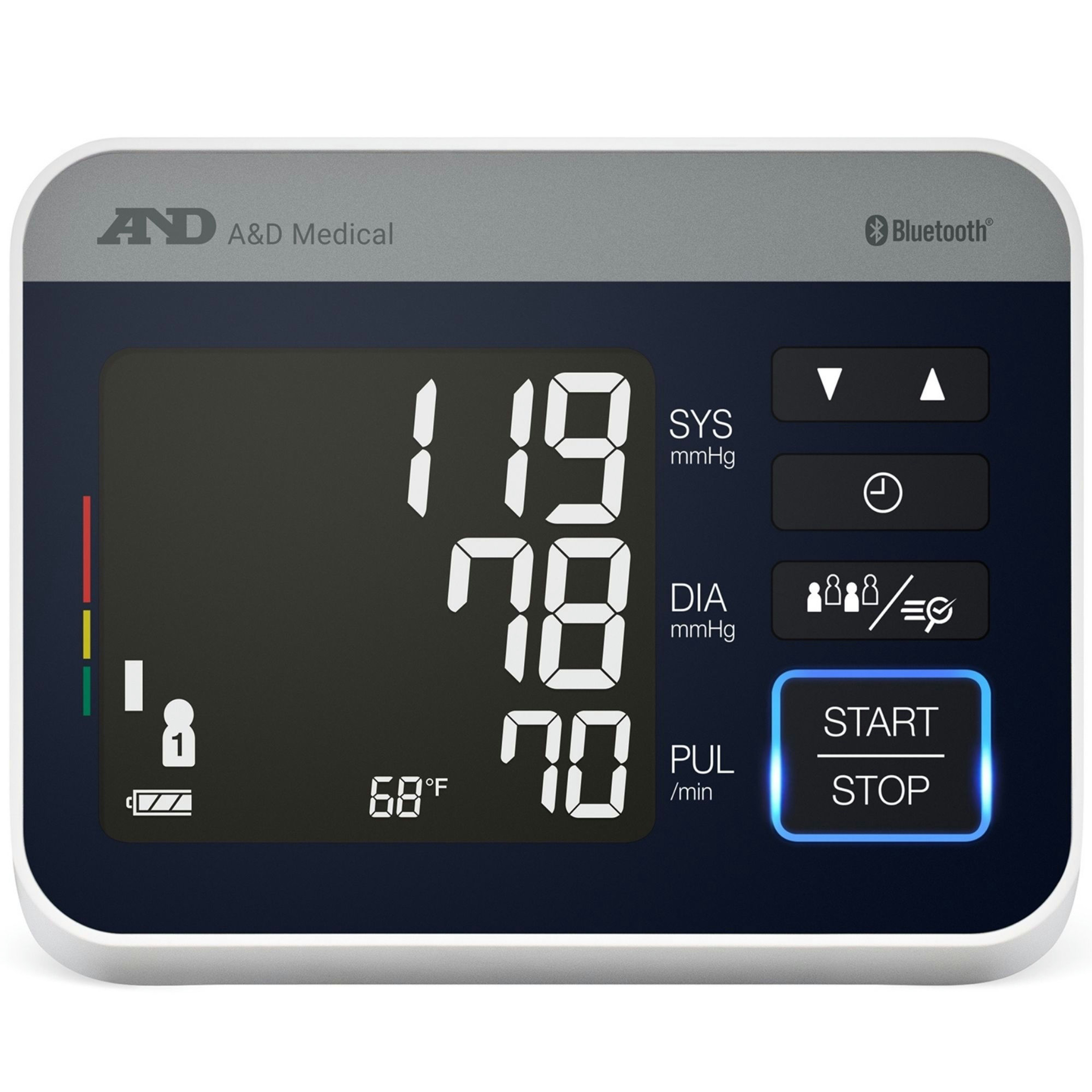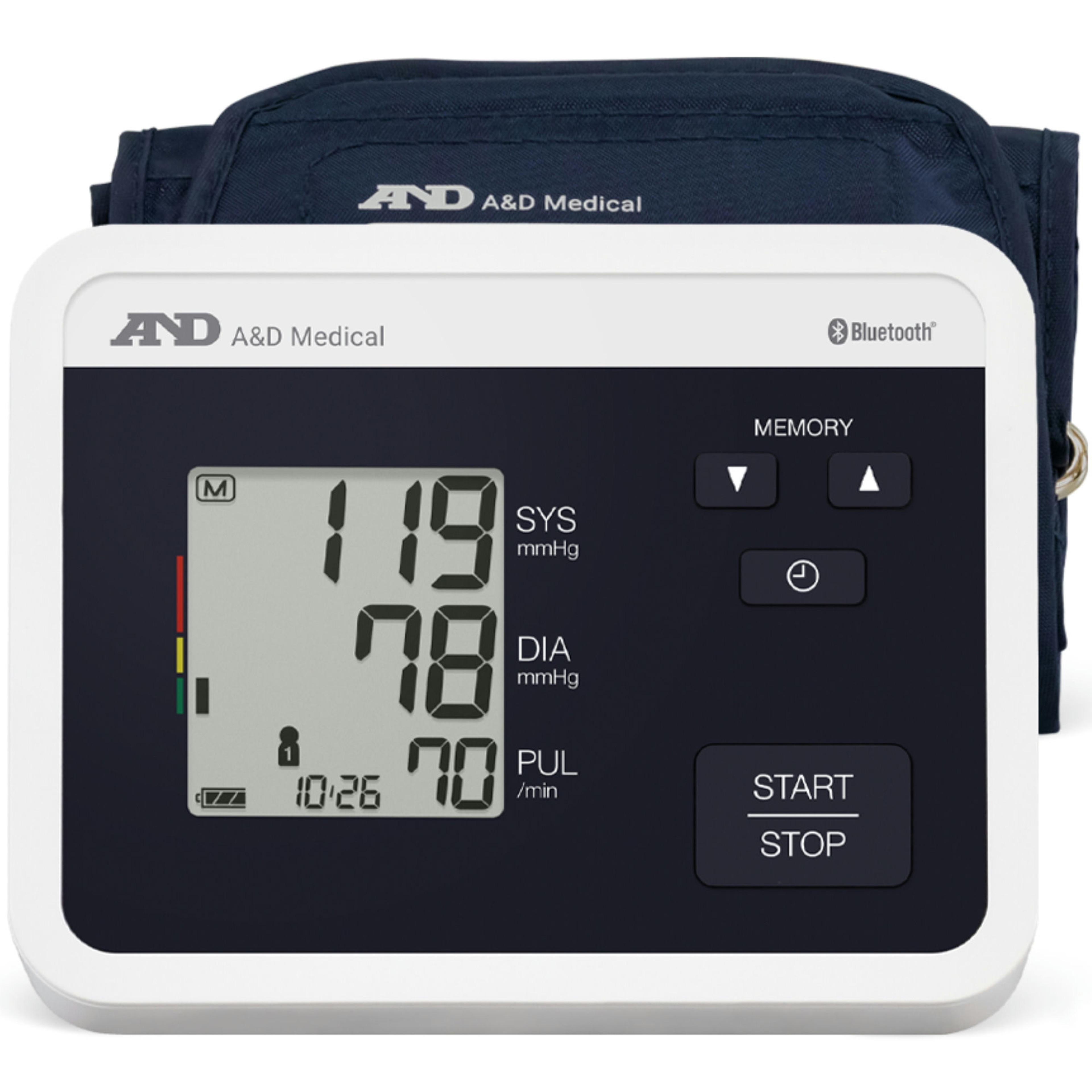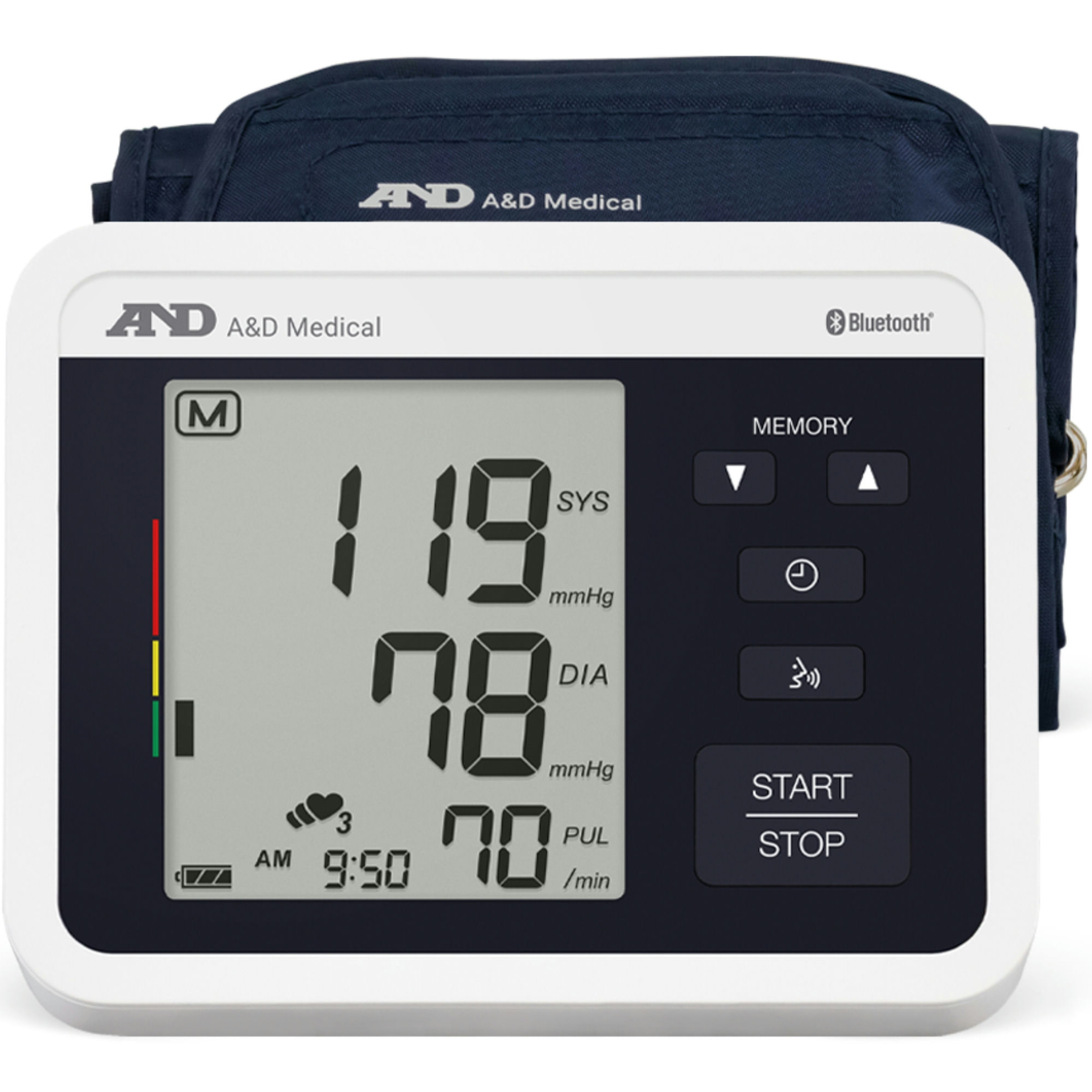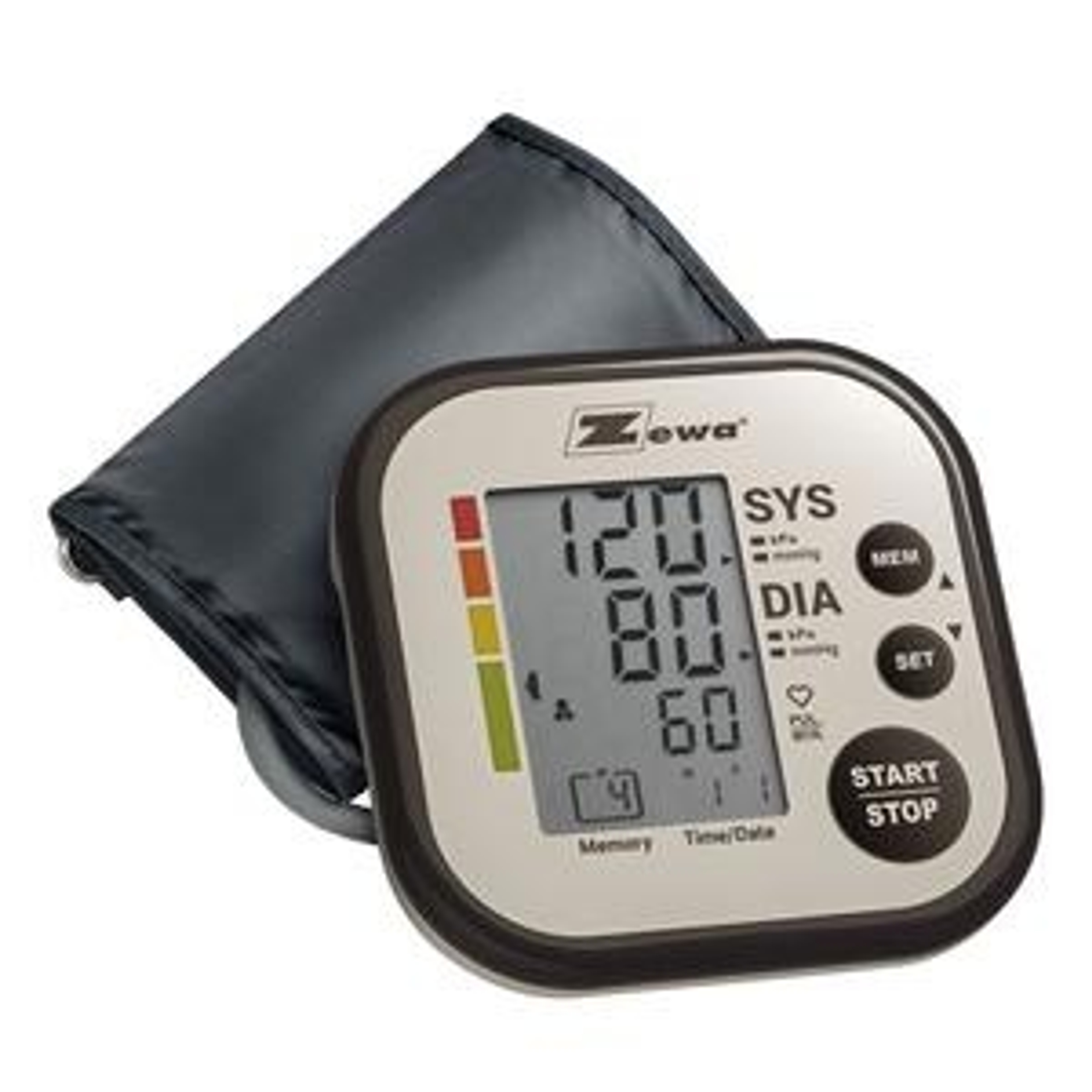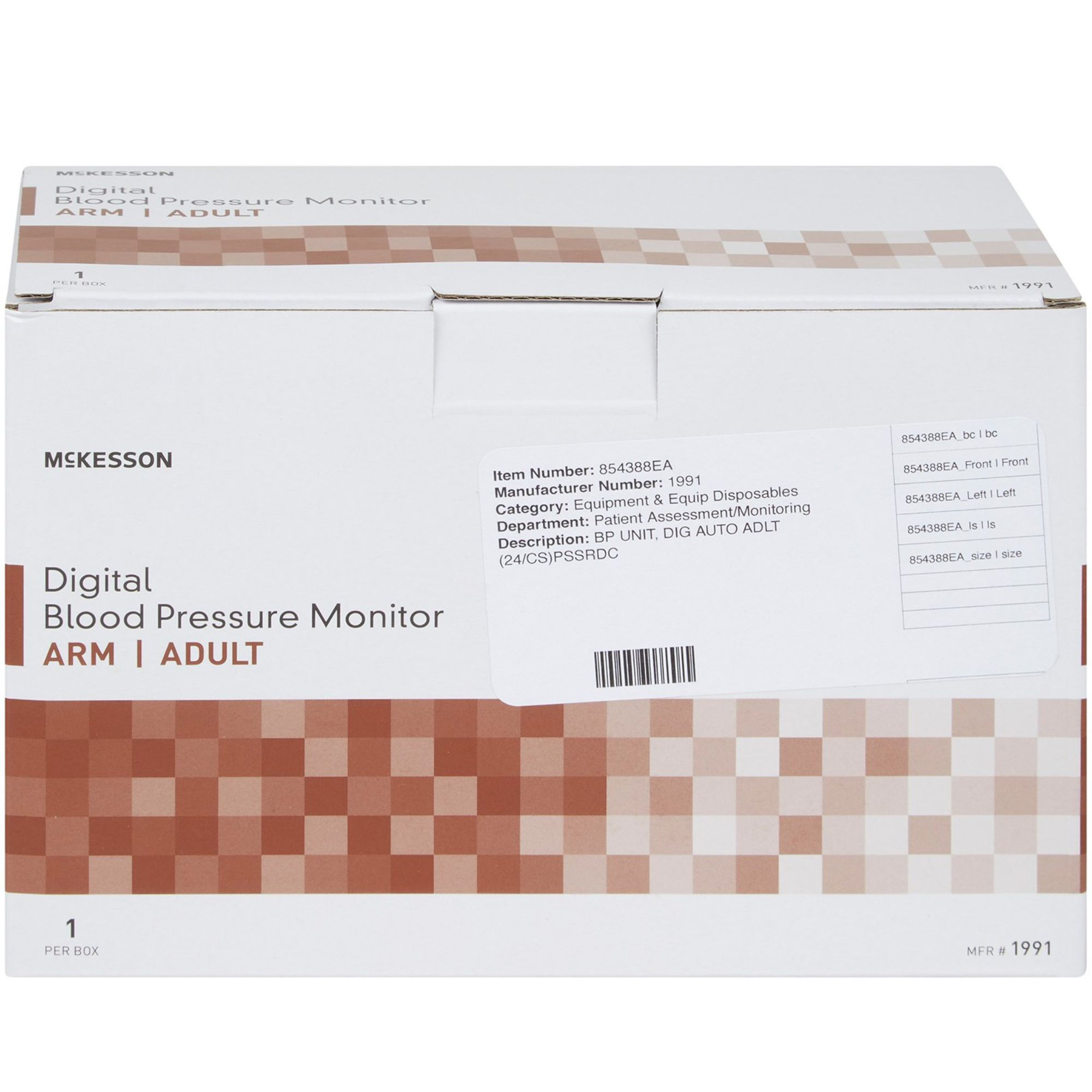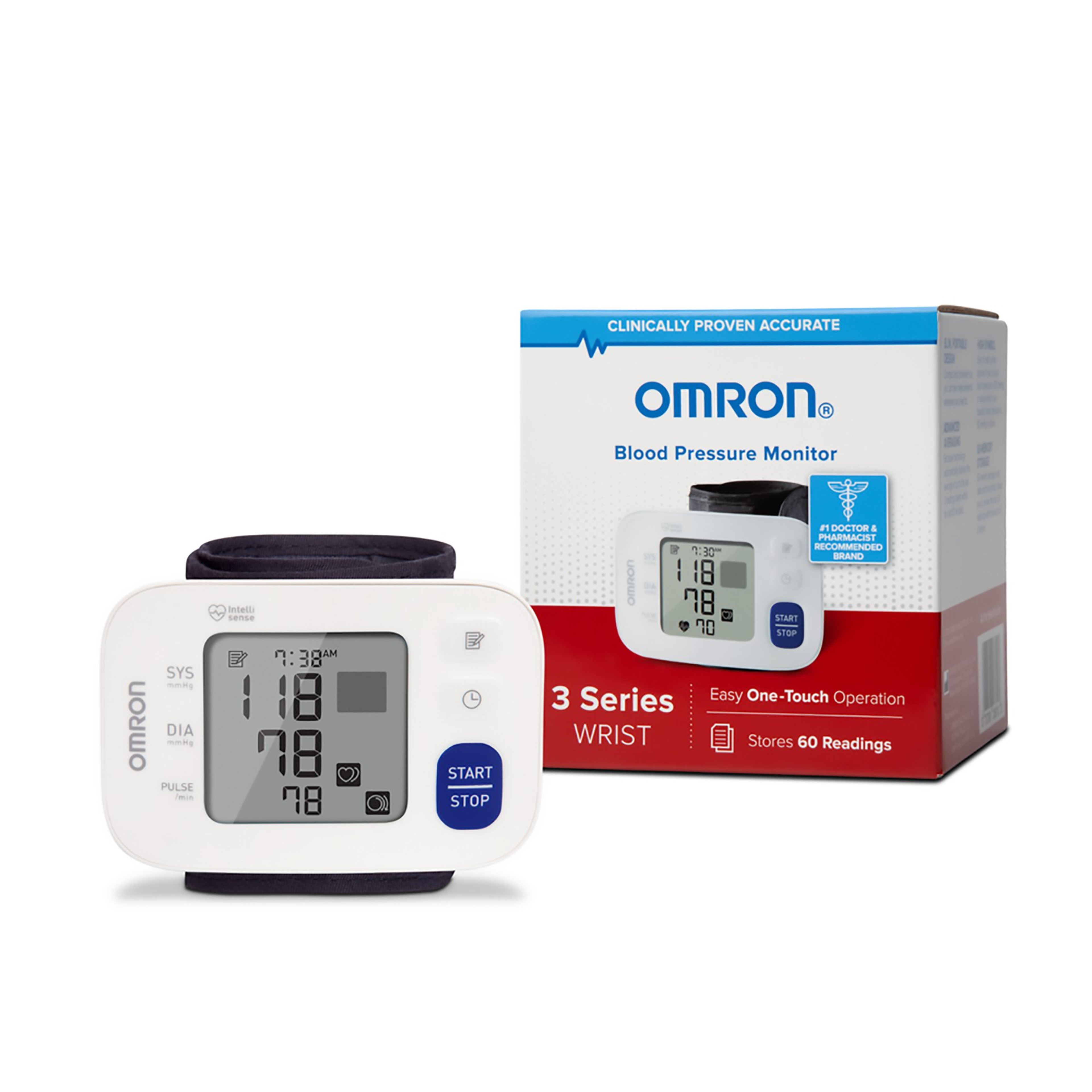About A&D Medical Essential One Button Blood Pressure Monitor with Batteries
A classic blood pressure monitor with the benefits of speed and accuracy at the push of a button. Designed for ease of use and accuracy, this monitor will facilitate your daily blood pressure regimen. We recommend that you read through this manual carefully before using the monitor for the first time.
Key Benefits & Features
- Clinically validated for accuracy
- Indicates an irregular heartbeat (IHB) during a measurement
- Pressure Rating Indicator classifies blood pressure inaccordance with medically approved standards
- Easy one button operation for quick and accurate measurement
- Stores 60 measurements in memory with recall
- Displays average of all measurements
- Gentle Inflation enables a more comfortable measurement
| Pressure Measurement Accuracy |
±3 mmHg |
| Pulse Measurement Accuracy |
Pulse: ±5 % |
| Clinical Test |
ANSI / AAMI SP-10 1992 |
| Cuff Size |
8.6-16.5 Inches |
| Unit Dimensions (inches) |
3.8″ (W) x5.1” (D) x 2.7” (H) |
| Weight (Lbs) |
Approx. 8.1 oz., excluding the batteries |
| Memory |
Last 60 measurements |
| Power Supply |
4 AA batteries (included) |
A&D Medical Essential One Button Blood Pressure Monitor with Batteries FAQs
How do I make sure I am taking a good reading?
Now that we’ve gotten the background information out of the way, it’s time to get started!
- Sit with your back straight, your legs uncrossed, and your feet flat on the floor.
- Place the cuff on your left arm or wrist (unless your doctor has advised you to use your right side).
- For upper arm monitors, wrap the cuff around the middle of your bare upper arm, about ½” above the elbow. It should be fastened snugly, but you should be able to slide two fingers underneath the cuff. Place the air hose on the inside of the arm near the crook of your elbow so that the artery position mark (if your model has one) is aligned with your brachial artery.
- For wrist monitors, with the palm facing upwards, attach the monitor to the inside of your wrist. Fasten securely with the top edge of the cuff aligned with the crease of your wrist.
- Rest your arm on a table so cuff is at heart level.
- For upper arm monitors, the cuff around your upper arm should be even with your heart. Your hand should rest on the table, palm up.
- For wrist monitors, you’ll need to bend your elbow to bring your wrist to heart level. Positioning your wrist at heart level is critical for an accurate measurement.
- Press start. During your measurement, do not talk, move, or eat. Any one of these things can impact your measurement.
That’s all there is to it!
Why do my blood pressure readings vary so much during the day?
An individual’s blood pressure varies greatly (as much as 30 to 50mmHg) from day to day and season to season due to various conditions during the day. For hypersensitive individuals, these variations are even more pronounced. Normally, blood pressure rises during work or play and falls to its lowest levels during sleep.
The best way to get consistent readings is to monitor your blood pressure at least once a day at the same time so that you can minimize the effect that external factors have on the reading. Please consult your physician immediately if you have any doubt about your readings.
Why are my readings different between home and at a doctor’s office?
Your blood pressure readings taken in a doctor’s office or hospital setting may be elevated as a result of apprehension and anxiety. This response is known as “white coat hypertension”. When I bring my home monitor to a doctor’s office, why do I get a different measurement than what’s taken by a doctor or nurse?
